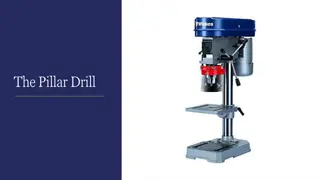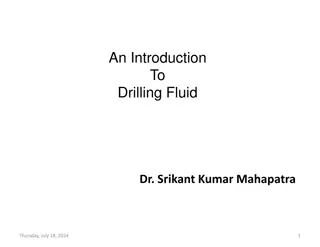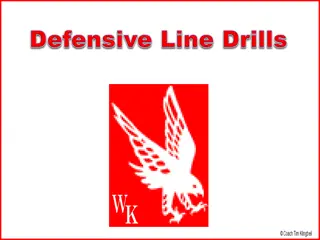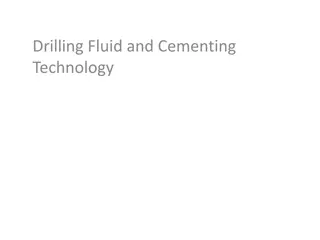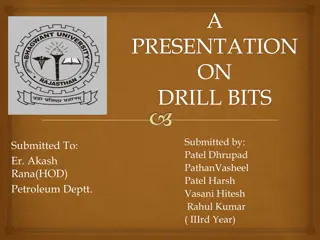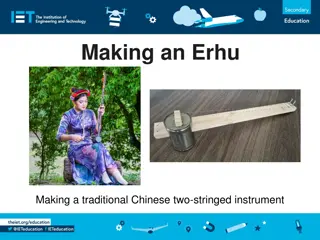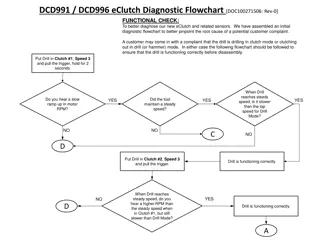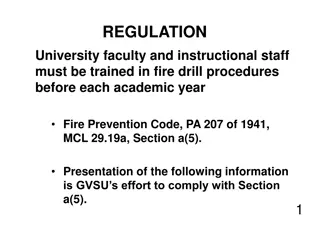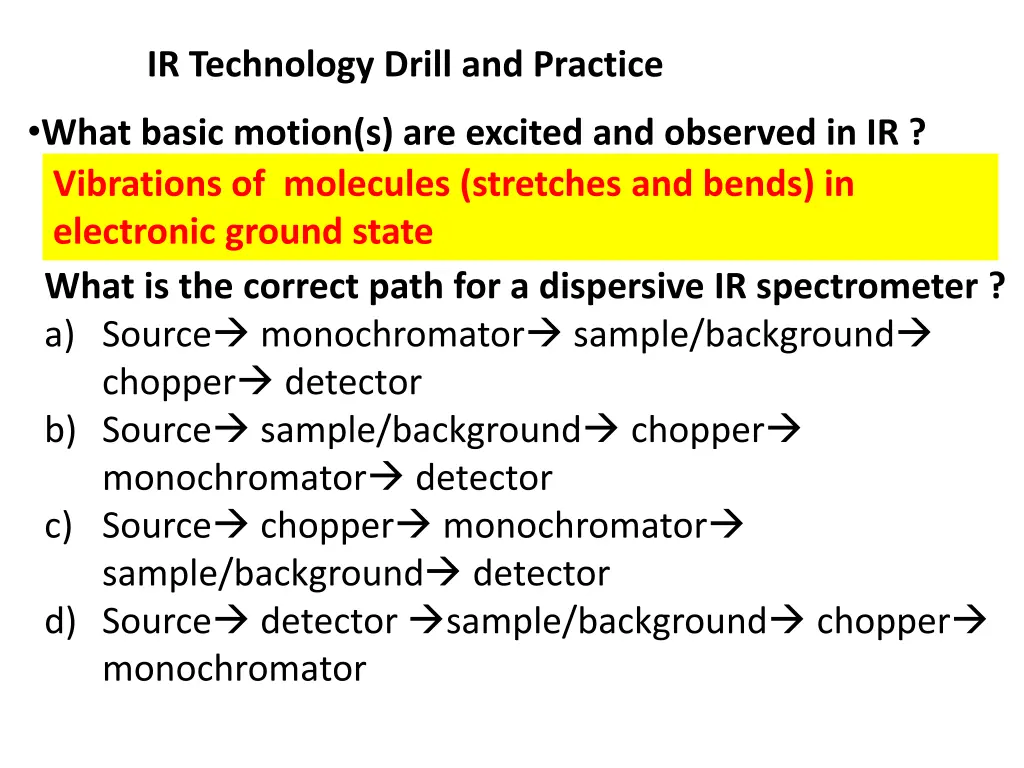
Dispersive IR Technology Overview
Explore the fundamentals of Infrared (IR) technology, focusing on the basic motions excited in IR and the correct path for a dispersive IR spectrometer. Learn about the components, advantages, and advancements in both dispersive and Fourier-Transform Infrared Spectroscopy (FTIR). Discover the critical components in modern FTIR instruments and their impact on data acquisition. Gain insights into the beam pathway in FTIR instruments and the spectrum recorded.
Download Presentation

Please find below an Image/Link to download the presentation.
The content on the website is provided AS IS for your information and personal use only. It may not be sold, licensed, or shared on other websites without obtaining consent from the author. If you encounter any issues during the download, it is possible that the publisher has removed the file from their server.
You are allowed to download the files provided on this website for personal or commercial use, subject to the condition that they are used lawfully. All files are the property of their respective owners.
The content on the website is provided AS IS for your information and personal use only. It may not be sold, licensed, or shared on other websites without obtaining consent from the author.
E N D
Presentation Transcript
IR Technology Drill and Practice What basic motion(s) are excited and observed in IR ? Vibrations of molecules (stretches and bends) in electronic ground state What is the correct path for a dispersive IR spectrometer ? a) Source monochromator sample/background chopper detector b) Source sample/background chopper monochromator detector c) Source chopper monochromator sample/background detector d) Source detector sample/background chopper monochromator
IR Technology Drill and Practice (cont.) What is the transducer in a dispersive IR ? What electrical `nulling circuit is connected to the above transducer? What mechanical apparatus responds to the nulling circuit s voltage change that `draws the spectrum in a dispersive instrument ? bolometer Wheatstone Bridge Synchronous motor Modern source in most IRs? `Globar Typical cm-1 range of mid-IR instruments ? 4000-400 cm-1 Dispersive IR are a) single beam and slow b) Double beam and fast c) Double beam and slow d) Double beam and fast
IR Technology Drill and Practice (cont.) Name 3 dispersive IR components not found in modern FTIR ? Monochromator, chopper, bolometer The FTIR is: a)Single beam and fast b)Double beam and fast c) Single beam and slow d)Double beam and slow FT stands for: Formal names for the two fundamental advantages provided by FTIR: Jacquinot advantage and Fellgett s advantage Which of the above advantages is connected to light thru put? Jacquinot advantage Fourier Transform
IR Technology Drill and Practice (cont.) What is the formula associated with Fellgett s advantage ? (signal/noise) = S/N = (# scans) = n What is the transducer in FTIR instruments ?Pyroelectric devices Acronym for specific transducer in Alfred s FTIR ? DTGS What critical `new component allows us to eliminate monochromator and chopper in an FTIR ? Michelson-Morley Interferometer What `spectrum is actually recorded by an FTIR? a) Frequency spectrum b) Intensity spectrum c) Power spectrum d) Laser spectrum
IR Technology Drill and Practice (cont.) Correct FTIR beam pathway: a) Source sample/reference monochromator interferometer detector b) Source interferometer sample detector c) Source sample interferometer detector d) Source chopper interferometer sample detector The Fourier Transform converts: a)Time domain frequency domain b)Intensity domain time domain c) Frequency domain intensity domain d)Voltage current
IR Technology Drill and Practice (cont.) Direct observation of P(t), the power spectrum, is impossible because: a)Detectors are not sensitive enough to IR energies b)Choppers can t turn fast enough to modulate IR light c) Detectors cannot follow time changes in P(t) at the 10-13-10-15 s rates required d)Calibration of retardation (displacement) is not sufficiently precise To slow down the P(t) , the interferometer Combines the output of moving and fixed mirror components to produce an oscillating plot of P(t) vs which reduces variation of P(t) to rate of moving mirror motion T or F ?
IR Technology Drill and Practice (cont.) The Fourier Transform Fk(P(t)) = P(t) cos 2 fk t dt = I(fk) 0 a) Selects the frequency, fk, for an arbitrarily assumed Ik b) Computes the P(t) for a given fk c) Computes the specific intensity of energy Ik reaching the detector at fk d) Averages the total range of fk contributions to produce %T A single FTIR scan is produced when: a)The laser calibration is completed b)The moving mirror completes a full sweep of the interferometer pathway c) The DTGS detector time constant for detection is attained d)The chopper makes a complete 360o circuit
Honestly, Doc, do you really think http://3.bp.blogspot.com/-Z-8pOW3lf64/UZKd8u9hFQI/AAAAAAAABnM/bnjNG-FOi_Y/s1600/staring+kitty.jpg we need to know all this ?
http://stuffpoint.com/cats/image/295310-cats-angry-cat.jpg Of course, you maggoty ass maggots !



